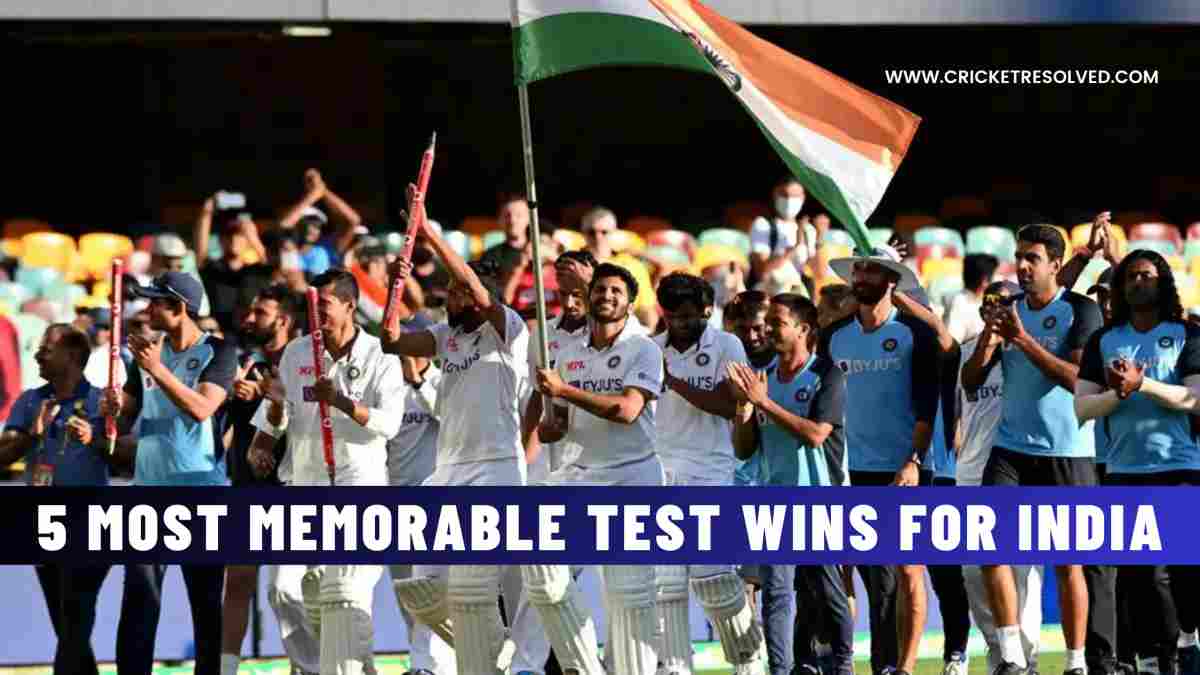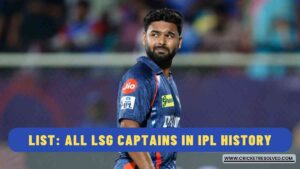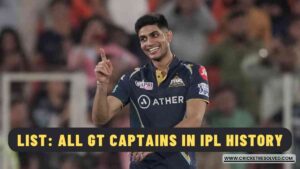
India is one of the biggest cricket-loving nations in the world, and millions of Indians not only live but also breathe every moment of the game. Setting aside all formats of cricket, Test cricket has its uniqueness and a separate place in the game.
Over the years, India has produced various victories in Test cricket that not only set Indian Test cricket apart from other countries but also etched their name in history.
In this article, let’s take a look at five of the most memorable test wins for India.
India vs England | Rajkot, 2024
In this match, India notched the record for the biggest-ever win by runs in Indian Test history.
However, it wasn’t an easy journey for the Indian team. The series began with England winning the first match, but India bounced back to claim victory in the second.
Captain Rohit Sharma started the match by scoring 131, supported by Ravindra Jadeja with 112, helping them set a total of 445 in the first innings. In reply, only Ben Duckett scored 153, and England were all out for 319 runs.
In the second innings, Yashasvi Jaiswal led India with an unbeaten 214 runs, while Shubman Gill achieved 91 runs. Their partnership contributed to India declaring the innings at 430/4.
When England came to chase in the last innings, only Mark Wood managed to score the most with 33 runs. Thanks to the Indian bowlers, who maintained pressure, England collapsed for 122 runs, and India made history by winning with a margin of 433 runs.
India vs Australia | Gabba, 2021
Both teams had won one match each, and the third test ended in a draw. Now, it was a do-or-die situation for both sides.
It all began in the first innings, where Australian batsman Marnus Labuschagne scored a century and captain Tim Paine claimed a half-century, helping them to set a total of 369.
In response, Washington Sundar’s 62 and Shardul Thakur’s 67 helped India reach 336, but India still lagged by 33 runs.
A big clash happened in the second innings. From Australia, only Steven Smith was able to achieve a half-century. Indian bowlers acted as hunters and stopped them at 294.
Now, it was India’s turn to bat, and history was in the hands of the Indian batters.
Cheteshwar Pujara scored a half-century, and the newly debuted batter, Shubman Gill, contributed 91 runs. Along with that, wicketkeeper Rishabh Pant’s unbeaten 89 until the end made him the title owner of ‘Player of the Match’.
India chased down the target of 328 runs and won the game by 3 wickets. This was India’s highest successful run chase at the Gabba, which has been etched in history.
Also Read | 9 Renowned Bilateral Test Series Trophies in Cricket
India vs England | Mumbai, 2016
In the 5-match Test series, the first Test match was drawn, and India won the following two matches. It was a do-or-die situation for England in the fourth Test, where they had to win the match.
England started strong in the first innings with Keaton Jennings’s 112, Jos Buttler’s 76, and Moeen Ali’s half-century. They set a challenging total of 400 runs.
In reply, captain Virat Kohli scored a memorable 235-run knock. Murli Vijay and Jayant Yadav also contributed significantly with centuries of their own, putting India in a commanding position at 631 runs.
England’s second innings had a rough start, but Joe Root (77) and Jonny Bairstow (51) kept fighting. However, Ashwin’s stellar performance with 6 wickets, alongside Jadeja’s 2 wickets and Bhuvneshwar Kumar and Jayant Yadav taking one wicket each, restricted England to 195 runs.
India’s massive first innings total of 631 runs meant they didn’t need to bat again. India won the match by an innings and 36 runs.
India vs Pakistan | Multan, 2004
This match became memorable because of Virender Sehwag’s stunning triple century. He became the first Indian batsman to score a triple century in Tests.
It all began in the first innings, where Viru entered the match and contributed a huge 309 runs with 39 fours and 6 sixes. Other batters like Sachin Tendulkar (194*) and Yuvraj Singh (59) contributed significant runs, helping India declare their innings at 675/5.
In reply, Pakistan scored a total of 407 runs, with Yasir Hameed contributing the most with 91 runs. The rest of the batsmen were not able to cross 50 runs.
Since India had a commanding lead of 268 runs, they asked Pakistan to follow on. In the second innings, Pakistan’s batsman, Mohammad Yousuf, scored a century, but none of the other batsmen were able to even score 30 runs.
Thanks to the Indian bowlers Anil Kumble, Irfan Pathan, and Yuvraj Singh, who took 6, 2, and 1 wickets, respectively, Pakistan were all out for 216. India won the match by an innings and 52 runs.
India vs Australia | Kolkata, 2001
Australia emerged victorious in the first test match played at Wankhede Stadium in Mumbai, winning by 10 wickets. With only three matches in the series, India was under pressure to win the second match.
Australia won the toss and elected to bat first. Australian captain Steve Waugh contributed by scoring a century, Matthew Hayden scored 97, and Justin Langer scored a half-century. They reached a total of 445 in the first inning.
In reply, the only Indian batsman, VVS Laxman, contributed the most with 59 runs, but still, India was only able to score 171 runs.
Australia enforced the follow-on on India, and in the second innings, Indian batsmen showed the world that India also has the potential to be on the top.
The masterclass of Laxman and Dravid contributed to a 376-run partnership, which consisted of Laxman’s 281 and Dravid’s 180. Their contributions helped India declare on 657/7.
In response, Australia’s Matthew Hayden was the lone warrior who scored the most with 67 runs, and they were all out on 212. The credit goes to Indian bowlers Harbhajan Singh (6 wickets), Sachin Tendulkar (3), and Venkatapathy Raju (1), who kept the visitors at bay. In the end, India won the match by 171 runs.
This is one of the Test matches won by a team after being asked to follow on by the opponent. You can find out other instances of a team winning after a follow on here.






